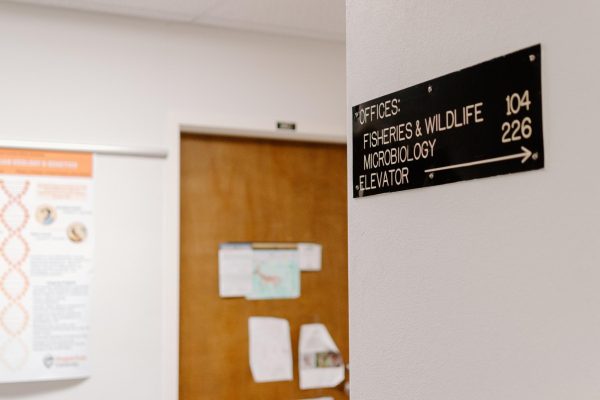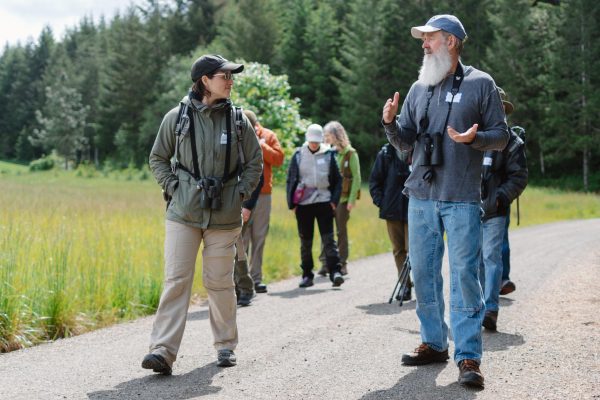Rural Oregonians suffer from more health problems than urban counterparts
February 7, 2023
Rural Oregonians’ ability to access healthcare — a point of focus for Tina Kotek’s gubernatorial campaign — has become a topic of significant concern, experts say.
As her second month as Oregon’s governor begins, Kotek has a number of campaign promises to work on, including to “maintain and increase access to care in rural communities,” according to her campaign website.
This is important, experts say, because rural populations face more health problems and underdeveloped public health systems, when compared to their urban counterparts.
A 2019 study published in the Journal of Environmental Health Sciences found that older adults in rural parts of the United States have higher rates of chronic diseases, including diabetes and coronary heart disease, than older adults in urban areas.
The study attributes this, in part, to rural areas having higher poverty rates, larger elderly populations, lower education and a lack of transportation and healthcare services when compared to urban areas.
According to Chunhuei Chi, director of the Oregon State University Center for Global Health, Oregon is no exception to this.
According to Chi, Oregon’s public health systems are under-developed, as a result of underfunding by the state. Chi says public health expenditure made up only 5.42% of the US national health expenditure in 2020, and before the pandemic, it was only 2.79%.
“This systematic underfunding leads to the shortage of the most important public health infrastructure, public health personnel,” Chi said. “Further, the underfunding of public health also leads to the underdevelopment of…the public health information system.”
While this is a problem statewide, Chi says that some parts of the state are particularly affected.
“The underdeveloped public health system, while it was prevalent across the board, was most pronounced in rural health,” Chi said.
A 2020 study in the Journal of Rural Health found that access to healthcare was the number one rural healthcare priority nationwide, which, according to Chi, applies to Oregon as well.
“Oregon’s rural health profile is very similar to the national one,” Chi said.
To this end, Oregon has made efforts in recent years to improve healthcare access in rural parts of the state.
The Oregon Office of Rural Health provides several incentives to encourage healthcare providers to work in rural areas. These include student loan repayment and forgiveness programs for healthcare providers practicing in rural parts of the state, as well as tax credits and subsidies for practitioners insurance.
25 rural Oregon hospitals are also designated as critical access hospitals, according to Chi, which allows them to receive support from the Medicare Rural Hospital Flexibility Program. Additionally, Chi says, the Center for Medicare and Medicaid Services operates several programs nationally to increase funding in rural clinics.
“What we need for our rural community is a two-prong approach, improving rural population health, and improving health services in the rural areas,” Chi said.

























































































































